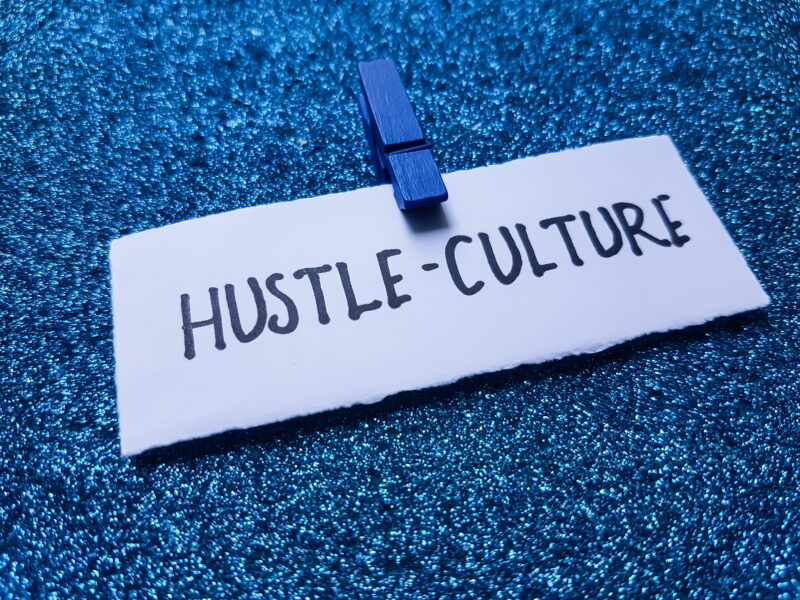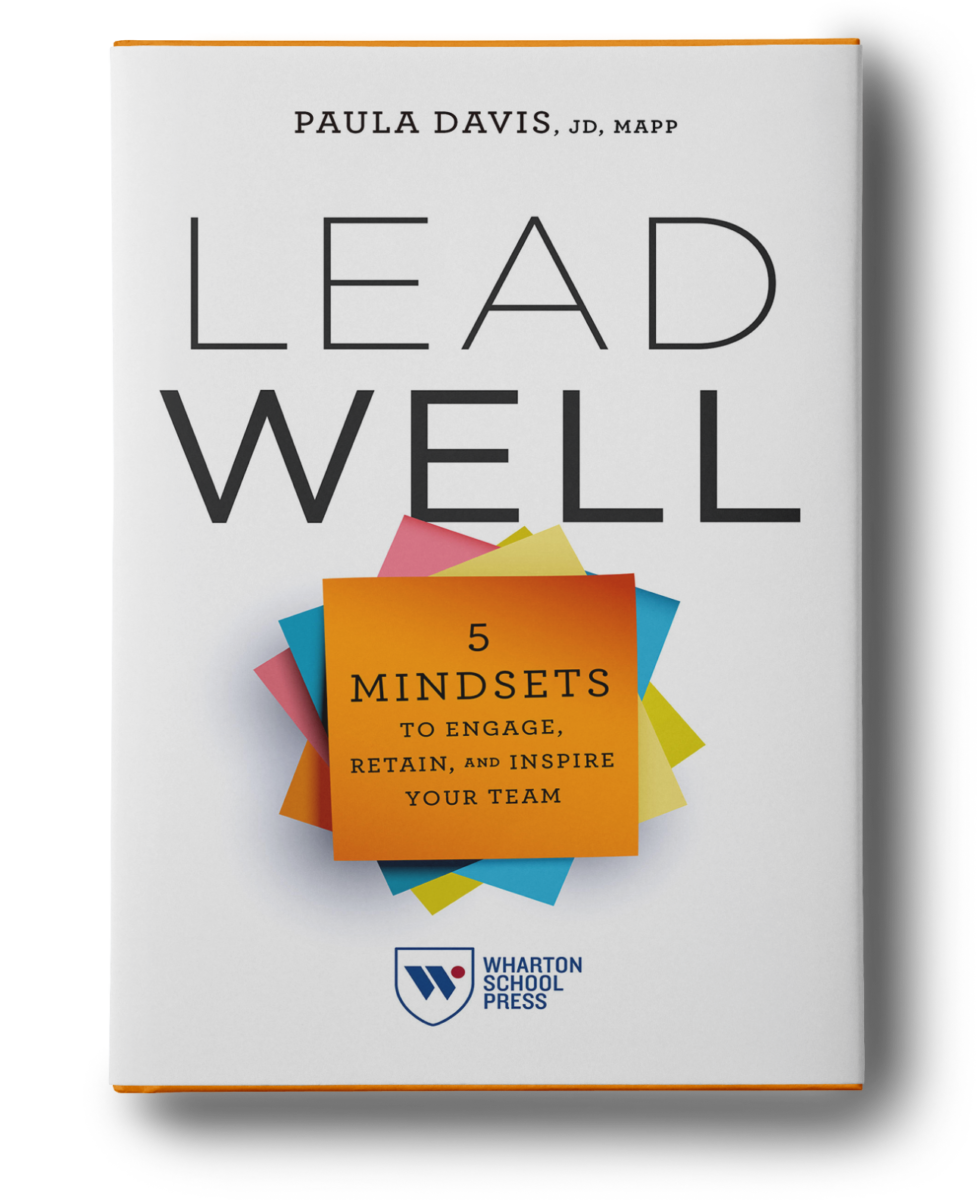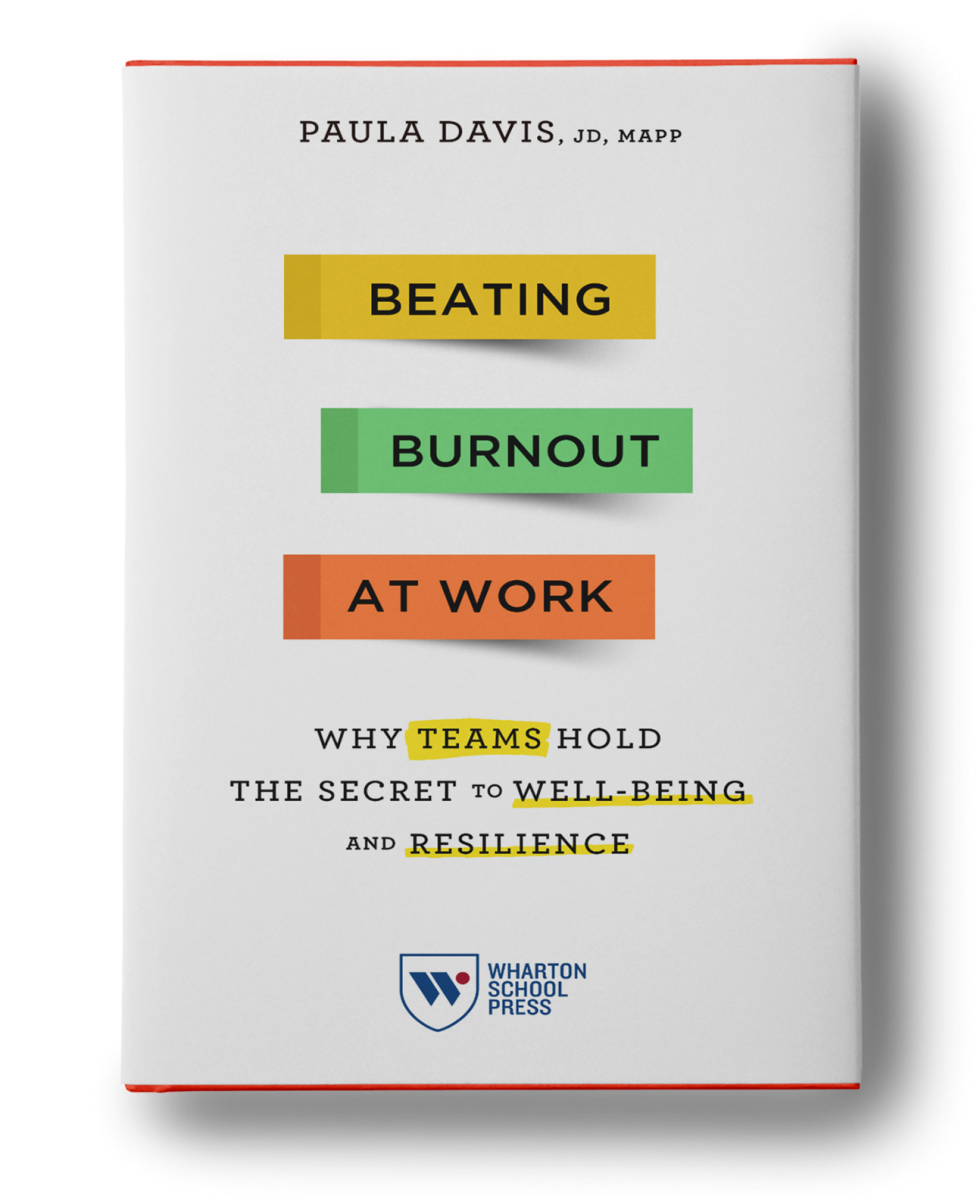Eight pathways for you to “Find Your Strong” I love the phrase “Find Your Strong.” It reminds me to keep going when I feel like quitting, to keep up with my new running routine so that I can stay in shape, and it evokes an aura of confidence and resilience that I want not only for myself, but for all of you too. That phrase has become my mission; but what does it mean to “Find Your Strong?” What are its components? This is an overview of a model I’ve developed based on my own experiences and the research I’ve reviewed, which is intended to open multiple pathways to manage stress, find some balance, and build your resilience: 1. Get out of the weeds. If you are a golfer, you know that being in the weeds means that you’ve hit the ball into an area that has likely swallowed your golf ball or will make it very difficult for you to hit your next shot. In life, I use the phrase to mean that you are so overly busy that your busyness has taken over and has lost its productivity and meaning. In order to get out the weeds, you need to create schedules and systems that become habitual. The business book E-Myth, by Michael Gerber, does a wonderful job of describing the importance of systems in the business world, and the idea is transferable to non-work situations as well. Good systems are fluid, measurable, and can and should be changed as better methods are established or as missing pieces are learned. My husband and I set up an easy system because we were at odds over who would clean up after dinner. If I cook, he cleans up and vice versa. 2. Know your sentence. This is a simple way to identify what your purpose is. Dan Pink wrote about this concept in his book Drive, and the idea originated with Clare Boothe Luce who was one of the first women to serve in Congress. She told President Kennedy that a great man could be summed up in one sentence. While you’re working on the answer to that question, each day ask, “Was I better today than yesterday?” (Pink, 2009). 3. Identify your balance busters and balance builders. Personally, I think the whole concept of work/life balance is a myth, and I wish there was a different term for it. Work/life balance is a highly personal and individualized journey. Not only do you have to work a specific set of hours at your job (which is often more than eight hours a day), but you also have your 2nd shift afterwards – home responsibilities, maybe an entrepreneurial venture that involves your passion, or working a 2nd job. According to Dr. Edy Greenblatt’s research, many people think of work/life balance on the same continuum – work as depleting, home as restoring, or vice versa. If that is your view, then the scales will never balance. Instead, her research shows the importance of placing work and non-work on one axis with restoration and depletion on another (Greenblatt, Kirk, & Lehman, 2009). The goal is to maximize the amount of time you spend doing activities that restore you during both work and non-work activities. 4. Build meaningful connections with others. Whether you’re talking about managing stress, building resilience, or trying to find more life satisfaction, good relationships are a must. In Ed Diener and Robert Biswas-Diener’s book, Happiness: Unlocking the Mysteries of Psychological Wealth, you will find a good survey to measure your social relationships score. Once you have your score, ask what you can do to improve your work and non-work relationships. 5. Develop a mastery mindset. The concept of “grit” – perseverance and passion for long-term goals, is not new, but recent research has shed interesting light on the concept. Researchers studied an incoming class of cadets at West Point in order to better understand why certain cadets dropped out and others continued along the path of military mastery. What they found is that the group who stayed was not more athletic, well-rounded or smarter – they were grittier; in fact, grit was a better predictor of success for these cadets than IQ or standardized test scores (Duckworth, Peterson, Matthews, & Kelly, 2007). Gritty people pursue goals with passion, don’t back down from challenges, don’t allow a failure to define who they are as a person, and simply put, don’t quit. You can measure your grit using the Grit Scale found at www.authentichappiness.org. 6. Live a healthier lifestyle. It’s no surprise that Americans are failing hugely when it comes to having a healthy diet and exercising. With more than two-thirds of the country overweight or obese, building a healthier lifestyle has become a critical component to balance, reigning in stress, and building resilience. A good place to start is to find your real age – the biological age of your body based on how well you’ve maintained it. My chronological age is 36, but my real age is 28.7. That’s good, but I know I can do better. To find your score, go to www.realage.com. 7. Find your smile. Given how hard the professional world is today, it’s easy to be tuned into pessimism and negative emotion. Fight back with humor. Early studies of humor and health showed that humor strengthened the immune system, reduced pain, and reduced stress levels. Since humor builds positive emotion, it can also help reduce feelings of anger, depression, and anxiety (McGhee, 2010). Additional research in this area shows that positive emotions predicted increases in both resilience and life satisfaction (Cohn et. al., 2009). 8. Be a flexible, accurate, and realistic thinker. Research by Albert Ellis, Karen Reivich, Martin Seligman and others shows that it’s your thoughts that drive your emotions and reactions to a specific event (Reivich & Shatté, 2002). Knowing how to identify thinking traps, downward spiral thinking, and core values and deeply held beliefs that interfere with your ability to accurately assess a situation will build self-awareness and a more realistic thinking style. This is the formula I’ve developed in order to help you “Find Your Strong.” What would you add?
Contact Us
How can we help? Let us know today!






